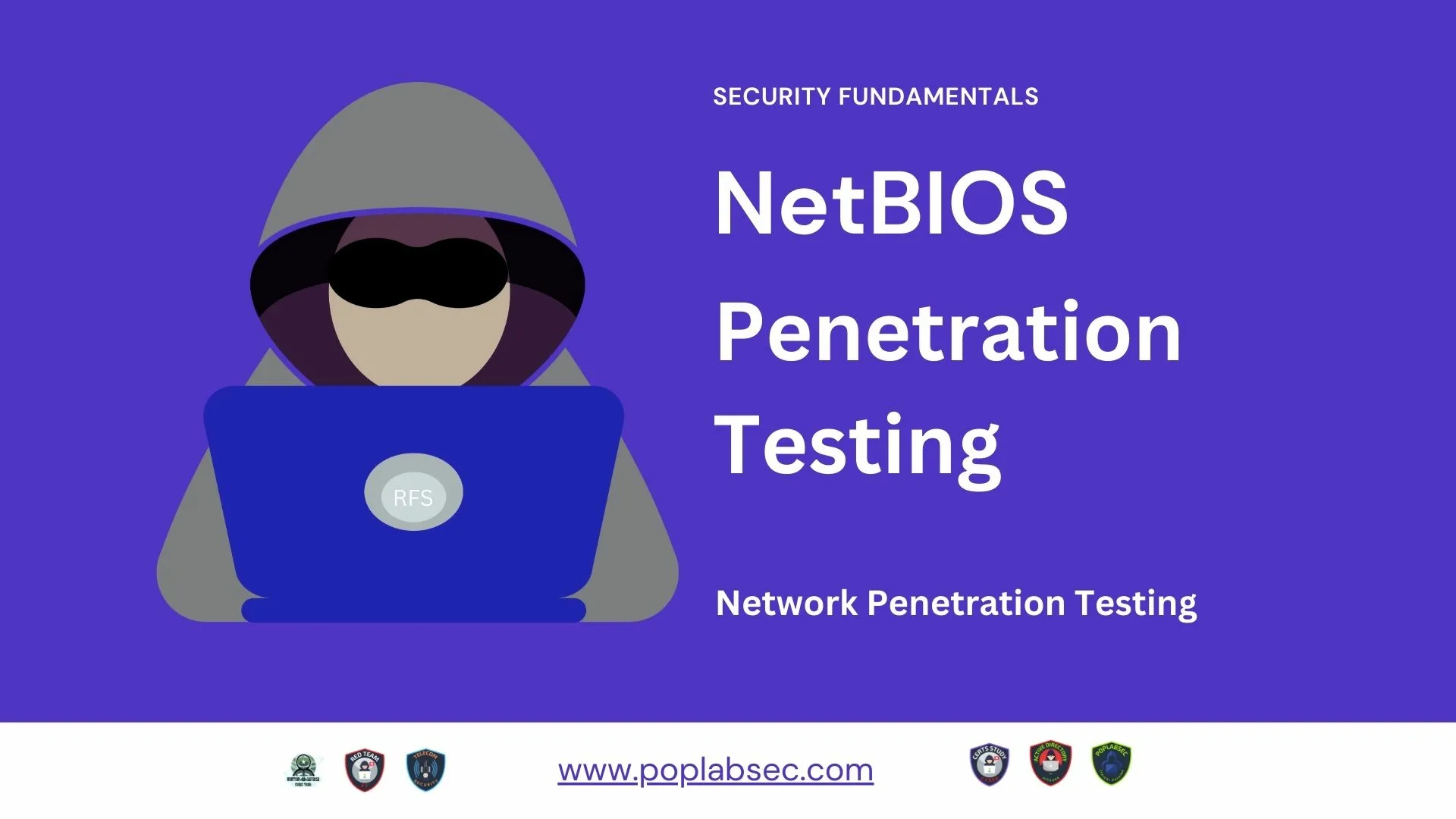Privilege escalation is a critical security issue in Windows operating systems, as it allows attackers to gain elevated access to a system or network, giving them the ability to perform malicious activities, such as installing malware, stealing sensitive data, and creating backdoors for future access. Therefore, understanding the fundamentals of Windows privilege escalation is essential for security professionals who want to protect their systems and networks from potential threats. In this article, we’ll discuss the basics of privilege escalation in Windows and some common techniques used by attackers to achieve it.
What is Privilege Escalation?
In Windows, privilege escalation refers to the process of gaining higher privileges than the ones initially assigned to a user or application. For example, if a user has limited privileges, such as a standard user account, they cannot perform certain actions that require administrative privileges, such as installing software or modifying system settings. However, if an attacker can escalate their privileges to administrative level, they can bypass these restrictions and perform these actions.
Common Techniques for Windows Privilege Escalation
There are several techniques that attackers can use to escalate their privileges in Windows. Some of the most common techniques are:
- Exploiting Software Vulnerabilities: Attackers can exploit vulnerabilities in software applications or the operating system to gain higher privileges. For example, they can use buffer overflow attacks, DLL hijacking, or file permission vulnerabilities to execute malicious code with administrative privileges.
- Misconfigured Services: Misconfigured services or applications running on a system can also be exploited to escalate privileges. For example, some services may run with administrative privileges by default, or they may be configured to run with an administrator account’s credentials, making it easier for an attacker to gain administrative access.
- Password Cracking: If an attacker can obtain a user’s password, they can use it to log in with the user’s privileges. Alternatively, they may attempt to crack weak passwords using automated tools or password dictionaries.
- Social Engineering: Social engineering tactics, such as phishing emails or impersonation, can be used to trick users into revealing their credentials or executing malicious code that escalates privileges.
Preventing Windows Privilege Escalation
Preventing Windows privilege escalation requires a proactive security approach that involves several best practices, such as:
- Regular System Updates: Keeping software applications and the operating system up-to-date with the latest security patches can prevent attackers from exploiting known vulnerabilities.
- Least Privilege Principle: Following the least privilege principle, which means assigning the minimum necessary privileges to users and applications, can limit the impact of a privilege escalation attack.
- Access Control: Implementing strong access controls, such as firewalls, intrusion detection systems, and file permissions, can restrict access to sensitive resources and prevent unauthorized privilege escalation.
- User Education: Educating users on common social engineering tactics and how to identify and report suspicious activities can help prevent attacks that rely on user mistakes.
Privilege escalation is a significant security issue in Windows operating systems, and understanding its fundamentals is essential for security professionals. Attackers can use various techniques to escalate their privileges, such as exploiting software vulnerabilities, misconfigured services, password cracking, and social engineering. Preventing privilege escalation requires a proactive security approach that involves regular system updates, following the least privilege.
Initial Enumeration
The initial enumeration phase is the first stage of the privilege escalation process. During this stage, an attacker aims to collect as much information about the target system as possible, in order to identify any vulnerabilities that can be exploited. The information collected during this phase includes the version of the operating system, installed software, and services running on the system.
The initial enumeration phase is a critical step in the privilege escalation process, as it lays the groundwork for the rest of the attack. By collecting as much information as possible about the target system, the attacker can identify potential vulnerabilities that can be exploited to gain higher privileges.
System
Users
Network
Passwords Hunting
AV Enumeration
Enumeration Tools
Kernel Exploits
Windows Privilege Escalation
With Metasploit
Without Metasploit
